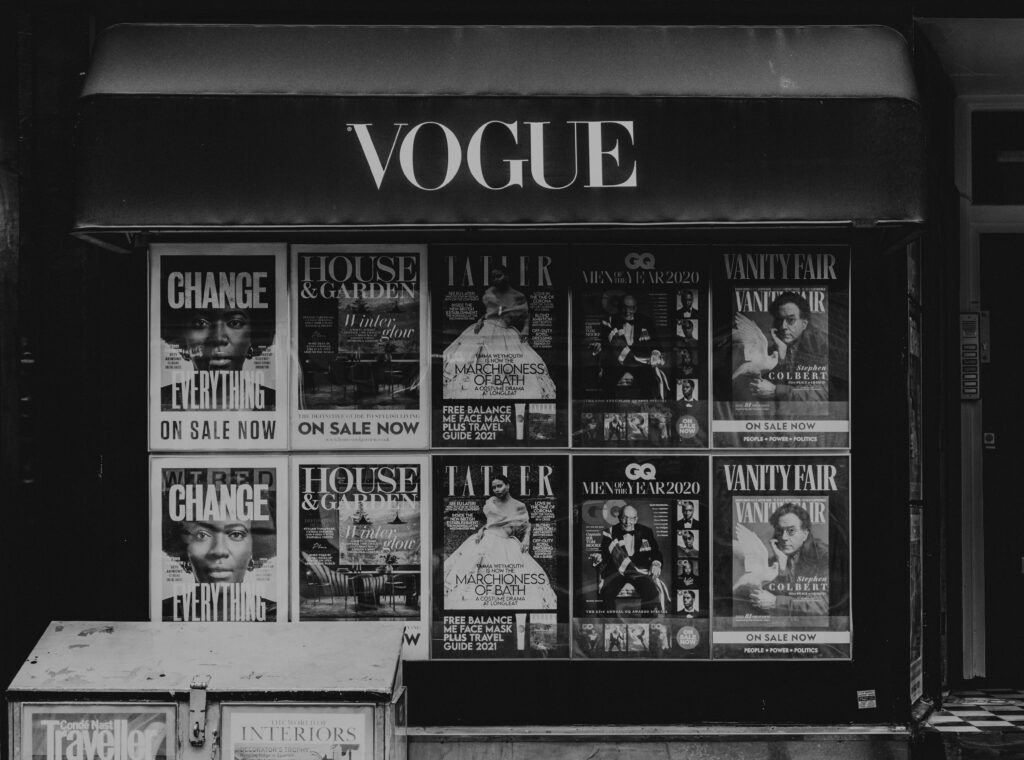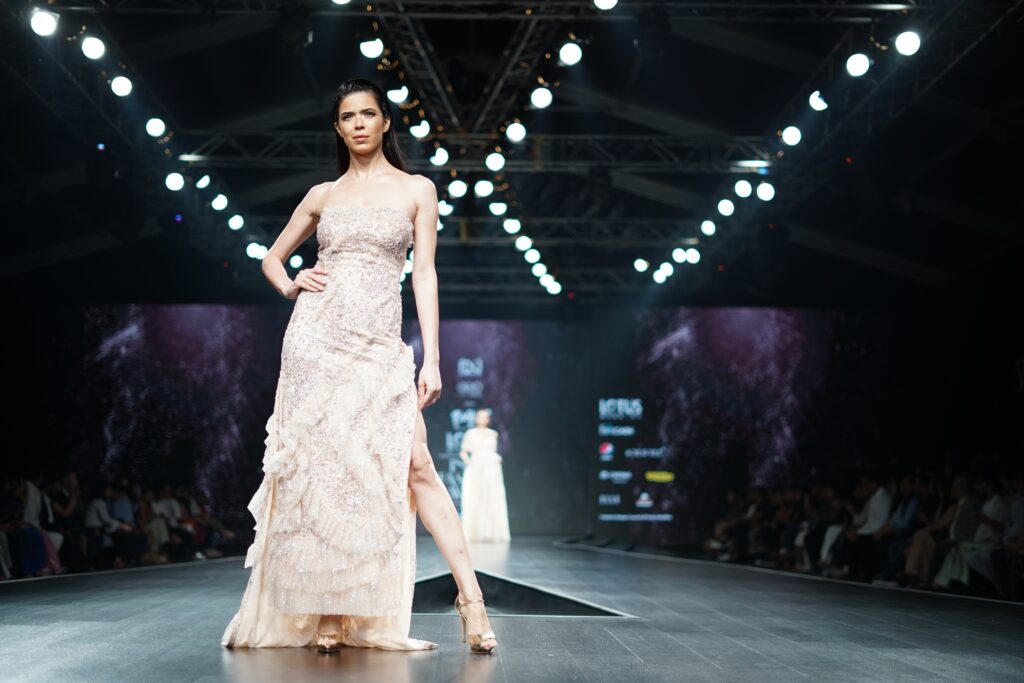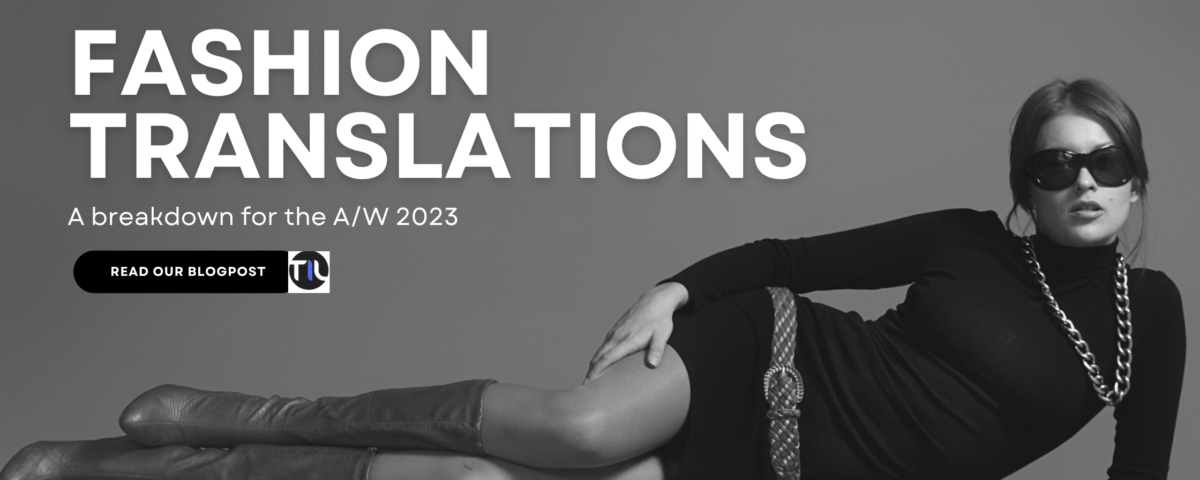As we delve into the Autumn/Winter 2023 season, it becomes evident that fashion is about more than just garments; it’s about the language of fashion. The recent Fashion Week showcased a remarkable trend – a trend not limited to clothing but embodied in gestures, accessories, and details. The art of fashion extended beyond the fabrics and silhouettes, making it a profound statement of human expression.
The world of fashion is ever-evolving, with each season bringing forth new trends, designs, and inspirations. One of the most awaited and influential events in the fashion industry is undoubtedly Fashion Week. For fashion enthusiasts, designers, models, and linguists alike, Fashion Week serves as a grand stage where creativity, culture, and commerce intersect. It’s not just about the clothes; it’s about the stories, emotions, and expressions conveyed through fashion.

At Giorgio Armani, models clutched powder compacts, while at Ann Demeulemeester, they clutched their breasts. These seemingly simple gestures added depth and meaning to the runway, making it more relatable and human. The models’ actions resonated with the audience, demonstrating that fashion can connect with us on a personal level. This connection between fashion and emotion is something that linguists can deeply appreciate, as they understand the power of non-verbal communication and how it transcends language barriers.
In the world of translation and linguistics, staying up to date with the fashion industry is just as crucial as it is for designers and fashion enthusiasts. Translating fashion content, whether it’s runway reviews, designer interviews, or marketing campaigns, requires an understanding of the nuances, cultural references, and emotional undertones that fashion conveys. By keeping abreast of the latest trends and developments in the fashion world, linguists can ensure their translations capture not only the words but also the essence of the message.

The Autumn/Winter 2023 season unveiled a significant trend in fashion – the celebration of everyday clothing executed in the finest materials. Brands like Bottega Veneta, Miu Miu, and Loewe showcased outfits that one could envision wearing in their daily lives. This shift towards practicality and wearability is a reflection of the evolving consumer demands and the desire for fashion to be more accessible.
But what sets these everyday outfits apart are the meticulous details that elevate them. A pair of socks crafted from peachy-soft leather at Bottega Veneta or a chain connecting the hem of an oversized white shirt to a shoulder at Loewe transformed these garments into works of art. It’s these subtle nuances that make fashion not just a functional necessity but a form of #self-expression.
In conclusion, Fashion Week serves as a bridge between the fashion world and linguists involved in the translation industry. Both sectors understand the significance of effective communication and storytelling, albeit through different mediums. By staying informed about the latest trends, linguists can better capture the essence of fashion in their translations, ensuring that the fashion industry’s language is accessible and appealing to a global audience. Just as fashion designers use fabrics and details to convey their message, linguists use words and cultural understanding to bring fashion to life in different corners of the world. It’s a symbiotic relationship where language and style converge to create a beautiful tapestry of human expression.
Are you interested to read more about fashion translations? Check out our previous blog-post on the topic
If you have a fashion-related translation project feel free to contact us. We would love to assist you!

